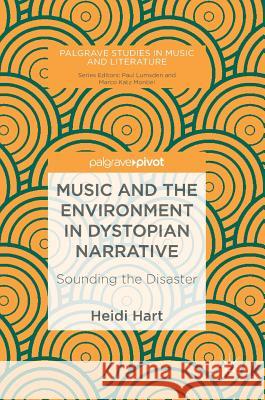Music and the Environment in Dystopian Narrative: Sounding the Disaster » książka
topmenu
Music and the Environment in Dystopian Narrative: Sounding the Disaster
ISBN-13: 9783030018146 / Angielski / Twarda / 2018 / 100 str.
Kategorie:
Kategorie BISAC:
Wydawca:
Palgrave Pivot
Seria wydawnicza:
Język:
Angielski
ISBN-13:
9783030018146
Rok wydania:
2018
Wydanie:
2018
Ilość stron:
100
Waga:
0.29 kg
Wymiary:
21.01 x 14.81 x 0.79
Oprawa:
Twarda
Wolumenów:
01
Dodatkowe informacje:
Wydanie ilustrowane











